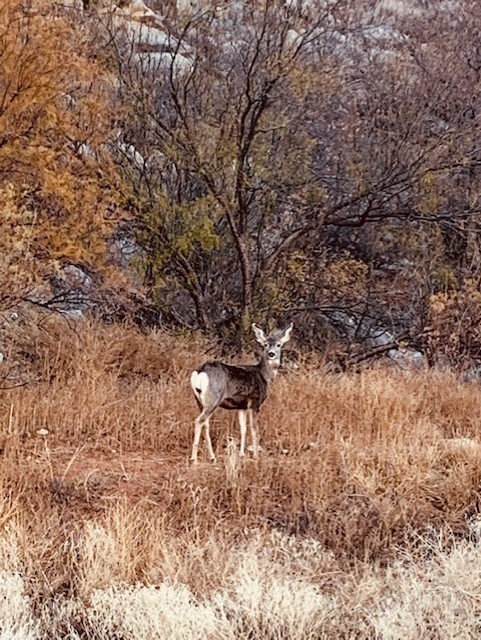
NPS Photo Mammals are one of the most adaptable groups of animals. Some can fly, many can swim, and they have adaptations that allow them to survive in both hot and cold climates. Mammals are warm-blooded (or endothermic, meaning they can regulate their own body temperature) and have fur or hair. Females produce milk which they feed to their babies. Lake Meredith has a variety of mammals, including key predators and big game species. The reason there are so many different mammals is because Lake Meredith has diversified habitats such as wetlands, rocky mesas, water, bottomlands, freshwater marsh, Canadian River Breaks, grasslands, lakeshore, and riparian areas.
Mule Deer Odocoileus hemionus
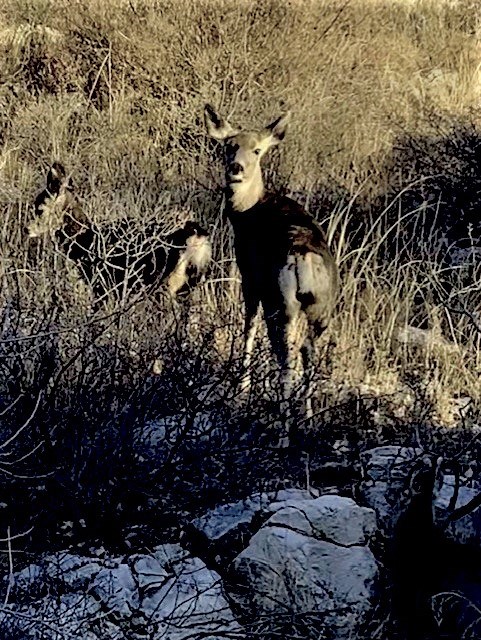
NPS Photo
Coyote Canis latrans
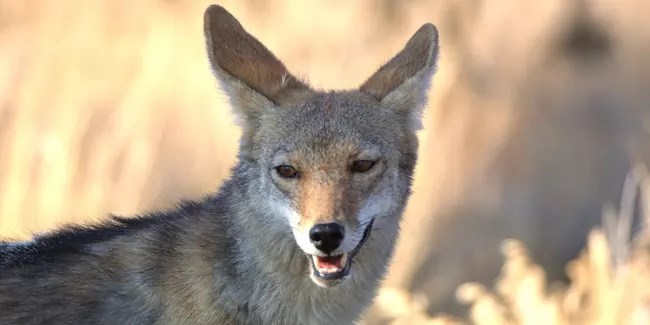
NPS Photo Quick FactsScientific Name: Canis Iatrans
A coyote's preferred food is smaller mammals like rabbits and rodents. They have adapted to living around humans and scavenge for whatever food is easiest to find. As a predator, they play a key role in controlling the population sizes of smaller mammals. Mountain Lion Puma concolor 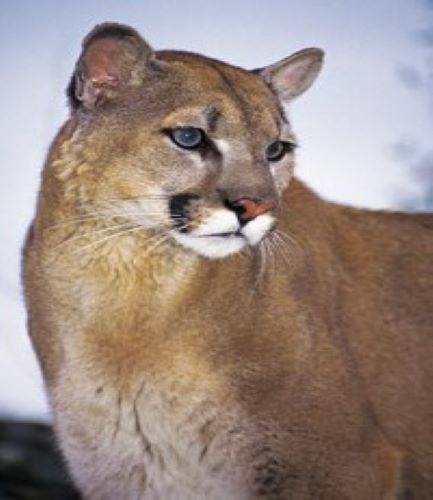
NPS Photo Mountain lions in our area rely upon white-tailed deer as a favorite source of food. Once numerous over North America, the mountain lion was almost hunted to extinction, but has made a comeback (as have deer populations). These big cats often hunt early in the morning or later at dusk, when many other mammals are active, especially in the hot summer months.
Bobcat Lynx rufus 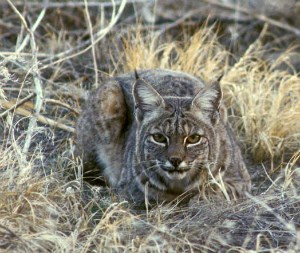
Photo courtesy of U.S. Fish & Wildlife Service Bobcats are so named for their short bobbed tail. These cats are smaller than mountain lions and have a tan coat with dark brown to black spots. They are most active after dark. A bobcat's preferred food is a rabbit or a hare, and like their northern cousin the Lynx (Lynx canadensis), the population size of these cats is tied directly to the population size of their food source. Cottontail Sylvilagus floridanus 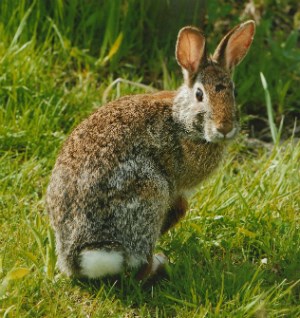
Photo courtesy of U.S. Fish & Wildlife Service These rabbits are commonly seen crossing park roads at dusk. They live in brushy areas, fields and rock piles that provide a bit of cover and camouflage. Cottontails are herbivores that feed on grasses and forbs as well as twigs and bark. Cottontails and other rabbits play a key role in the environment: they are a favorite food of large cats like Bobcats, helping to sustain these populations. Muskrat Ondatra zibethicus 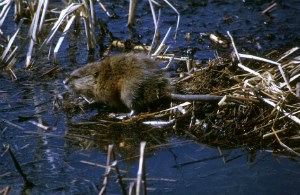
Photo courtesy of U.S. Fish & Wildlife Service Raccoon Procyon lotor 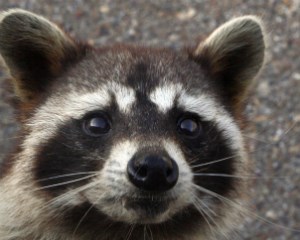
Photo courtesy of U.S. Fish & Wildlife Service With distinctive black and white bands across their face, raccoons are easy to identify. This species is highly adaptable to most environments - including urban areas with close contact to humans. They are often nocturnal, foraging for any food they can find, from grasses and berries to insects and rodents - even trash we humans throw away. Although they do not hibernate, they can sleep for weeks at a time in their dens during the winter months. Red Fox Vulpes vulpes 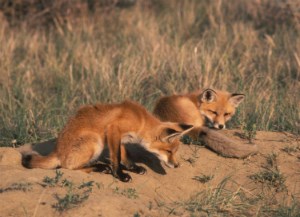
Photo courtesy of U.S. Fish & Wildlife Service |
Last updated: April 13, 2024
